Mehmet Çakmur emphasized that the company’s sustainability strategies prioritize the use of renewable energy, efforts to reduce carbon intensity, and product-based carbon footprint assessments.
Regarding the Turkish steel sector, Çakmur highlighted that structural issues such as overcapacity, competition driven by incentives, and low demand are challenging the industry. However, he underlined that these challenges can be overcome through the development of value-added products and strengthening the domestic supply network.
Planned Investments and Production Capacity
What changes in production capacity and product diversity are expected from the planned new steelmaking and rolling mill investments?
Kocaer Steel, with over 60 years of history, is among Türkiye’s leading steel profile manufacturers. At its integrated facilities covering 300,000 m² in Aliağa, İzmir, the company produces 800,000 tons of steel profiles annually. In addition to three steel profile plants, it operates a steel service center with 180,000 tons capacity and a galvanizing plant with 100,000 tons capacity. Furthermore, rooftop solar power systems at five existing facilities provide one-third of the company’s electricity consumption.
Within the scope of its 2030 vision, feasibility studies are ongoing for a new integrated facility spanning approximately 285,000 m², including a 1 million ton green steelmaking plant and a fourth steel profile factory with 500,000 tons capacity. An Environmental Impact Assessment (EIA) application for this project has already been submitted. On the rolling mill side, a line with a capacity of 500,000 tons/year for the production of large-section profiles is planned. While Kocaer Steel has largely sourced billets and semi-finished products externally to date, these investments aim to meet these needs in-house, increase the share of high value-added specialized profiles in the product mix, and strengthen sustainable growth.
“We are systematically implementing our 2030–2050 roadmap”
The 2024 Sustainability Report outlines your company’s ESG performance; could you summarize the key points of your governance, decarbonization targets, supply chain and social impact practices, and 2030–2050 roadmap?
The 2024 report was prepared in accordance with GRI Standards, covering the period from January 1 to December 31, 2024, providing stakeholders with a comprehensive view of environmental, social, and governance performance. On the governance side, a Sustainability Board was established to structure ESG activities at a corporate level and integrate them into the company culture.
In line with the decarbonization roadmap, rooftop solar capacity was increased to 9.2 MW. Additionally, a geothermal energy project under construction aims to further increase the share of renewable energy and reduce carbon intensity. Commitments under the SBTi framework were submitted via the platform in July 2025; the evaluation and approval process is ongoing. Climate and nature-related risks are being addressed in accordance with TCFD/TNFD frameworks, and corporate risk management structures are updated under TSRS. EPD processes in the supply chain and for products have been completed, product carbon footprints were published according to ISO 14067, and ResponsibleSteel membership strengthens alignment with industry best practices. Throughout 2024, multiple projects under Innovation, R&D, Process Excellence, and Respect for People were carried out, with a significant portion successfully completed. In summary, with strong governance, increasing renewable energy share, science-based targets, and transparent reporting, the 2030–2050 roadmap is being systematically implemented.
“Technical flexibility aligned with reality is critical”
How will the reduction of inward processing permits (DİİB) periods and the requirement of at least 25% domestic supply for export products impact the iron and steel sector?
Shortening DİİB periods and introducing a 25% domestic supply requirement for exported products will accelerate planning cycles for firms processing flat/long products for export and make domestic sourcing mandatory at a minimum level for billets, slabs, wire rods, and hot-rolled coils. While this change supports demand for domestic steel producers, processors dependent on imported semi-finished products will need to quickly revise their supply mix in favor of local sources.
Reducing permit durations to 4–6 months per product/HS code will require tighter coordination of raw material, production, and shipping plans. The 25% domestic supply threshold will be monitored through special conditions in the DYS system and verified upon commitment closure. The regulation’s primary goal—enhancing domestic value-add and supply security—is supported. However, due to long production cycles in steel and the limited domestic availability of some critical inputs (alloy elements, electrodes, refractories, galvanizing zinc, etc.), implementing technical flexibility aligned with reality is crucial.
If properly structured, the 25% domestic supply requirement could incentivize local ecosystems and low-carbon sourcing, offering a competitive advantage in complying with regulations like CBAM. Key considerations include defining “domestic supply,” exceptions for scarce inputs, product/project-specific differentiation, and a reasonable transition timeline.
Thanks to our strong domestic supply network, product-based EPD and carbon footprint initiatives, and renewable energy investments, we are ready for this transformation. If the regulation includes an exception list for unavailable inputs, timeline flexibility for long-cycle projects, digital traceability without adding bureaucracy, and incentives for green sourcing, it can simultaneously enhance domestic value-add and export competitiveness.
Addressing Unfair Competition
Türkiye has recently appeared frequently in anti-dumping investigations. Considering U.S. tariffs on Turkish steel and rising imports from China, what measures should Türkiye take to prevent unfair competition, and what are the industry’s expectations?
Increasing protectionism in Türkiye’s steel trade such as U.S. AD/CVD measures on Turkish steel and low-price pressure from China—is challenging fair competition. Our priority is to implement trade defense tools quickly and effectively. Key measures include expanding anti-dumping and subsidy investigations to at-risk product groups, actively using anti-circumvention mechanisms, and dynamically updating monitoring/reference price applications to filter excessively low-priced imports.
At the same time, stricter standard and compliance inspections via TAREKS/TSE, batch-based sample testing, MTC (mill test certificate) verification, and enhanced traceability are critical for quality and safety. Investments in low-carbon production, aligned with the EU CBAM timeline, and transparency through product-based EPD/carbon footprint reporting provide strategic leverage for both market access and protection against unfair competition.
The industry expects clear, predictable, and selective protection measures. Quick decisions against dumped or subsidized imports, enhanced anti-circumvention monitoring, flexible yet firm oversight for high-risk HS codes, and policies promoting green transformation support domestic capacity utilization and investment. This ensures fair competition locally, maintains export competitiveness, and sustains performance with price stability, supply security, and quality standards.
“We emphasize the importance of transitioning to a planned economy”
In your view, what are the three most important challenges of the sector?
The steel sector is undergoing a major global transformation, during which certain structural challenges hinder sustainable growth. These include overcapacity, export-driven incentive pressures, and low demand.
First, rapid public investments in countries such as China and India have caused global steel production capacity to exceed worldwide demand, putting downward pressure on prices, increasing dumped sales, and escalating trade tensions. According to OECD data, approximately 165 million tons of new capacity will be added in the coming years, without sufficient corresponding demand growth. This imbalance risks pushing prices below sustainable levels.
Second, export-driven competition pressures are closely linked to the export strategies of developing countries. State-supported steel exports from China and India depress global prices, creating unfair competition. This has led to anti-dumping measures and protective trade policies in regions like the EU and the U.S., which are directly linked to overcapacity.
Third, low demand is another key challenge. In 2025, slowdowns in construction and infrastructure investments in Europe and China are reducing steel demand. In Türkiye, the sector’s fragmented structure, lack of centralized data, and uncoordinated investments exacerbate the demand shortfall. We emphasize the importance of a planned economy. Centralized monitoring and evaluation of production, sales, and export data is vital for healthy and sustainable industry guidance.
To address these issues, it is essential to focus on value-added product development, efficiency improvements, and collective action. Otherwise, falling behind in global competition becomes inevitable.


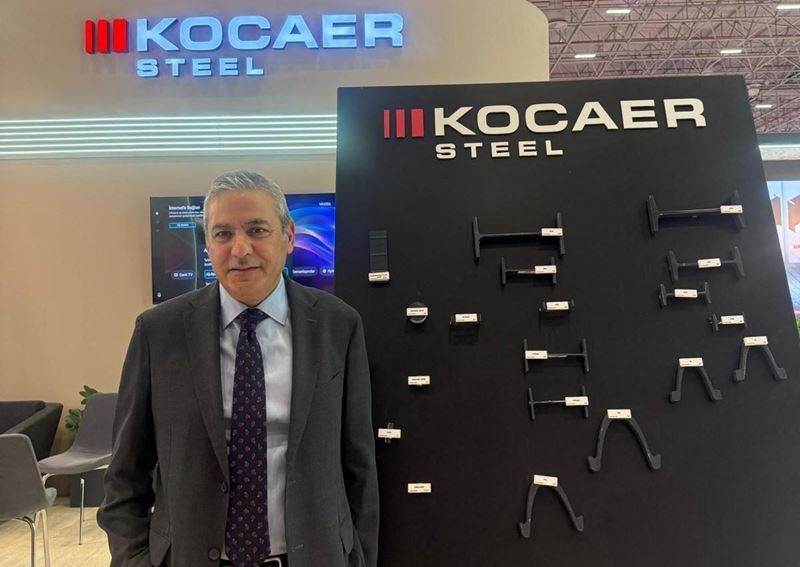
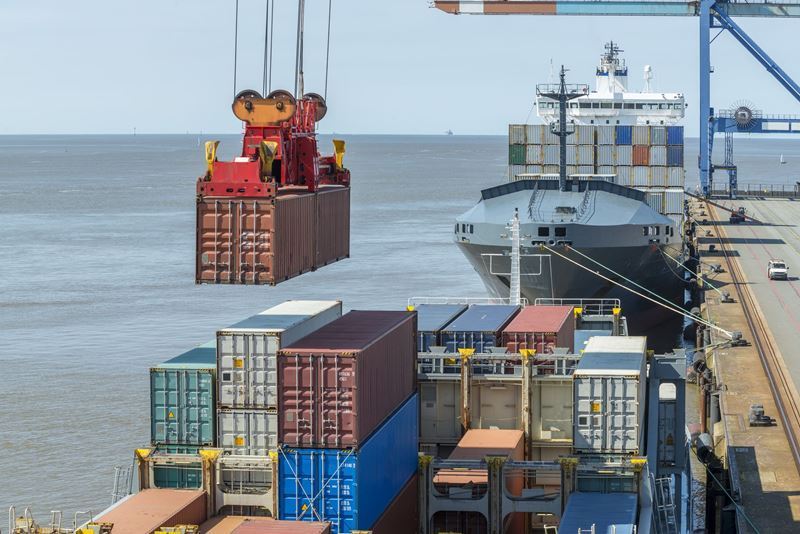
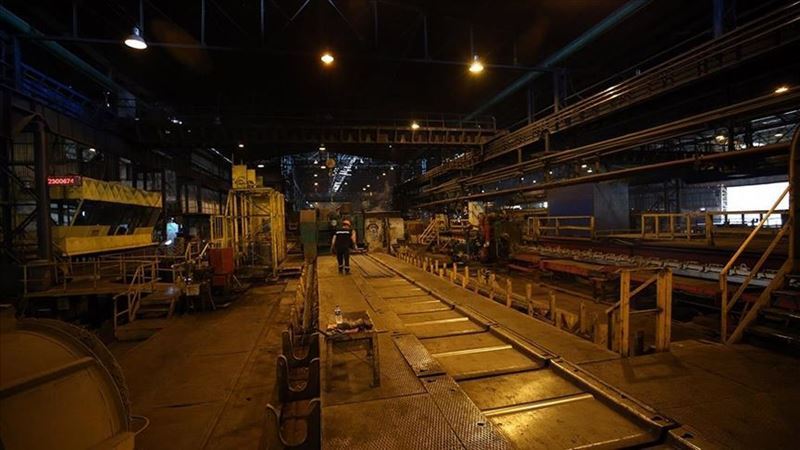
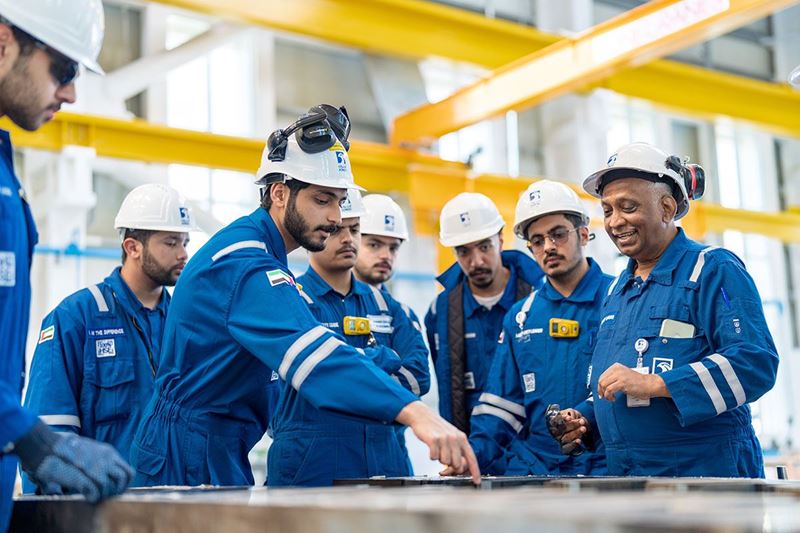
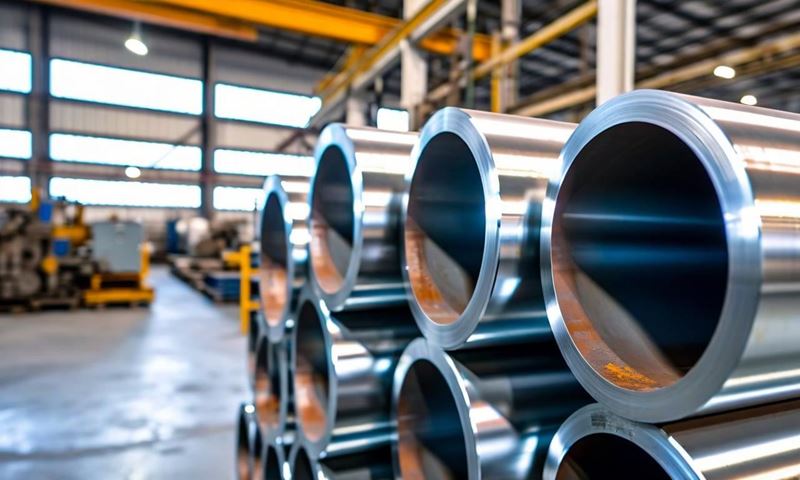
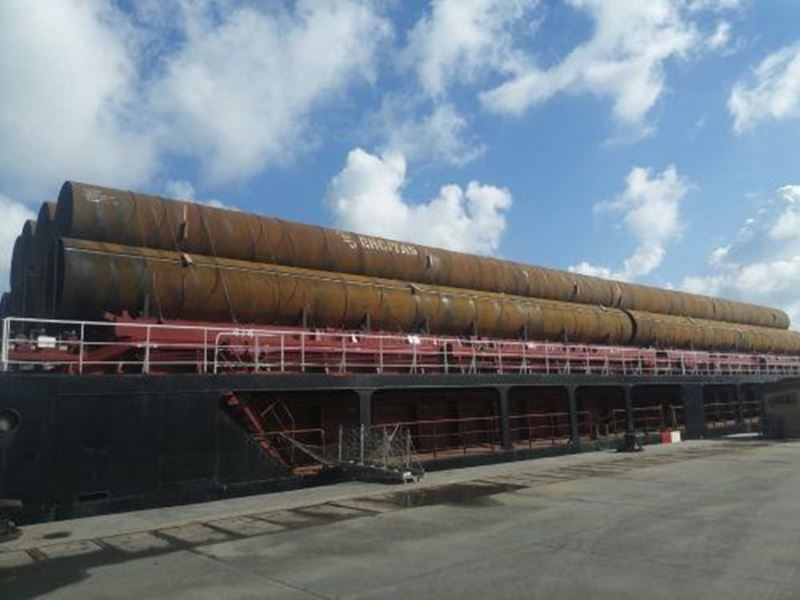

Comments
No comment yet.